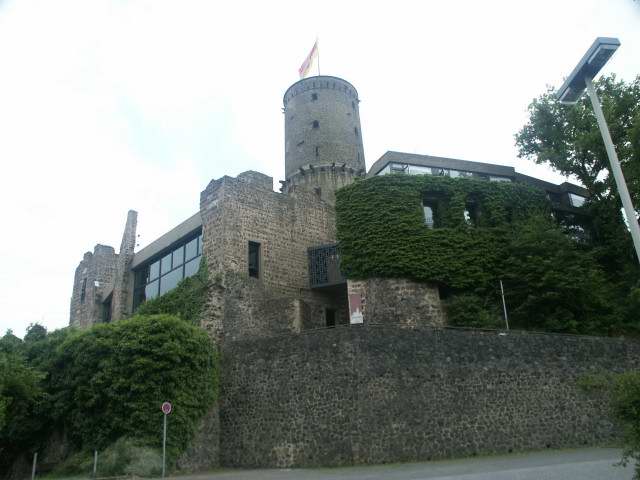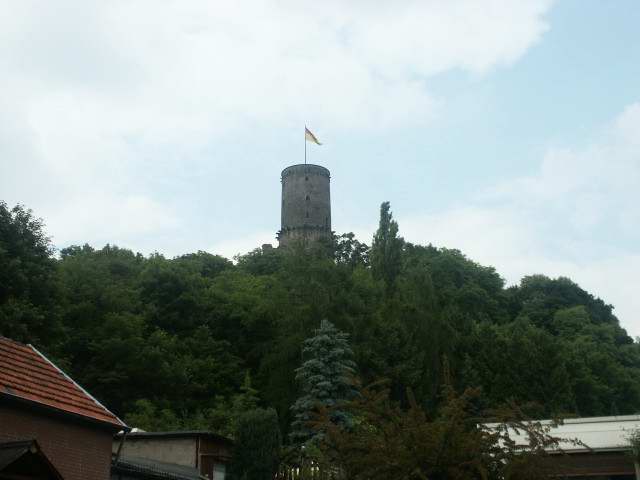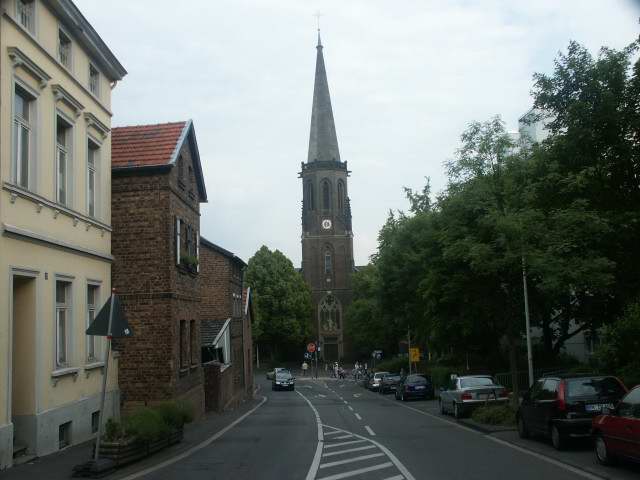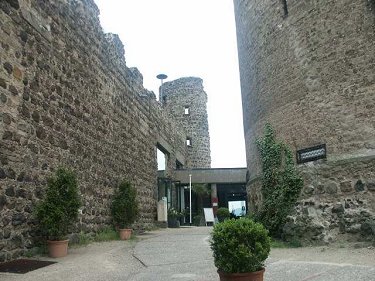Bad Godesberg
Bad Godesberg has a series of spas located there, and hence the name "Bad" (Bath) Godesberg, a title the town officially received in the 1920s. Its first official mention in records (as Godesberg) was in the 700s with the castle being laid in the 1200s. The castle was destroyed in the 1580s during the convulsions that occurred following the Protestant Reformation. Rebuilt, it was later destroyed by the French in the 1790s.
Today the town of Bad Godesberg is part of the City of Bonn, and before the German government transfered back to Berlin, it was the residence of many embassies to Germany. The castle now houses a nice restaurant and a hotel. The prices for the hotel are reasonable considering where you are staying (arount E75+, depending on what you get). Instead, I stayed at the nearby campground which was quite nice (and inexpensive). The campground has a direct access to the river front walking trail.


To visit the castle, I parked in a small off road parking strip up a back road and then walked. It was just a short jaunt before I was there. Because of the presence of the hotel, the ruins have been either rebuilt or actually "fixed." In otherwords, the ruins have been repaired to still look like ruins! While understandable, it still looks a little funny.
Bad Godesberg also has some delightful architecture and neighborhoods. Since it was the ambassadors' quarter at one time, many of the buildings have a quaint resonnace about them.
And yes, for the photo below I was standing in the middle of the street! Something that must be done with caution considering the way Germans drive. Below left, an idea of how the rebuilt ruins look.

